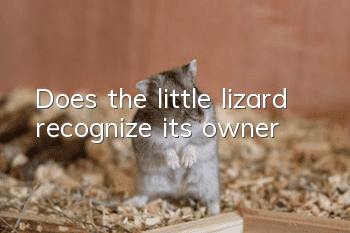How to raise hamsters so they can live longer

1. Choose a larger mouse cage
Hamsters spend most of their time in cages. The choice of mouse cage is very important. We need to choose a larger one as much as possible (the bigger the better) The cage gives the hamster plenty of room to move freely. If the cage is too small, the hamster will feel a lot of stress and may become depressed and manic over time. In addition, lay more wood chips or other bedding materials on the bottom of the cage. The thicker the layer, the less pressure the hamster will have. They can dig and play in it, which is in line with the hamster's habit of digging holes.
2. Do a good job in environmental hygiene
If you want your hamster to live a healthy and long life, it is very important to maintain a good environment. The cage must be cleaned regularly, the bedding and water must be changed frequently, and the hamster's feces must be cleaned in time, otherwise bacteria will easily breed and be detrimental to the health of the rat. When the weather is good, you can put the rat cage in a dry and ventilated place.
3. Reasonable diet
In addition to environmental hygiene, the life span of hamsters is also closely related to diet. In normal times, hamsters should be fed high-quality rat food, which can be appropriately mixed with fruits and vegetables to supplement vitamins and trace elements. They can also be fed dried fruits and insects as complementary food. Be careful not to make the hamster too obese. Hamsters will start to age after one year old. In terms of diet, they need to be more careful and choose some foods that are easy to chew. You can add oatmeal, which can supplement nutrition and make it easier for the hamster to chew.
4. Provide running wheels
Be sure to buy a running wheel for your hamster. Hamsters like running very much. This is their nature. You will find that hamsters will run on the running wheel every day when they have nothing to do. This will make them very happy, so we need to buy a larger running wheel for the hamster to let the hamster exercise. Vent your exuberant energy. If there is no running wheel and the hamster lacks exercise, it is easy to suffer from cage paralysis.
5. Prepare molar sticks
Hamsters are rodents and have the habit of chewing things. This is to grind their teeth because their teeth are constantly growing. If you don't grind your teeth, your teeth will eventually become too long and you won't be able to eat. So we need to prepare some teething sticks or teething snacks to help hamsters grind their teeth.
6. Interact with hamsters
The owner needs to spend a certain amount of time with the hamster every day, and can gently stroke the hamster. He must be patient and not too frequent. If the hamster does not resist and still treats your hand as a toy, you can try to put it on your hand. You can put some snacks on your hand and let the hamster eat on your hand to develop a relationship with the hamster.
7. Provide a safe and quiet environment
Prevent the cage from getting cold or heated. The location of your cage is important to your hamster's health and happiness. Do not place the cage near a heat source, such as next to a radiator, or anywhere in direct sunlight. Avoid sound and light sources. Hamsters are particularly sensitive to high-frequency sounds and light, and exposure to both can causeIt's very painful. Therefore, be careful when choosing a location and do not place the cage in a room with lights that turn on and off at night. Clean the cage regularly. Cleaning the cage regularly is important to ensure a healthy environment inside the cage. Taking a few minutes each day to clean up urine-soaked litter and hamster droppings can prevent your hamster from getting a wet tail.
- How to treat transparent jelly in rabbits
- How to treat chinchillas when they are sick
- Will chipmunks recognize their owners?
- What food can hamsters eat?
- Will amber hamsters recognize their owners?
- What is a guinea pig?
- Will the squirrel still recognize its owner after three months?
- What is the best thing for chinchillas to eat?
- Rabbit body temperature
- Will the duck recognize its owner?



